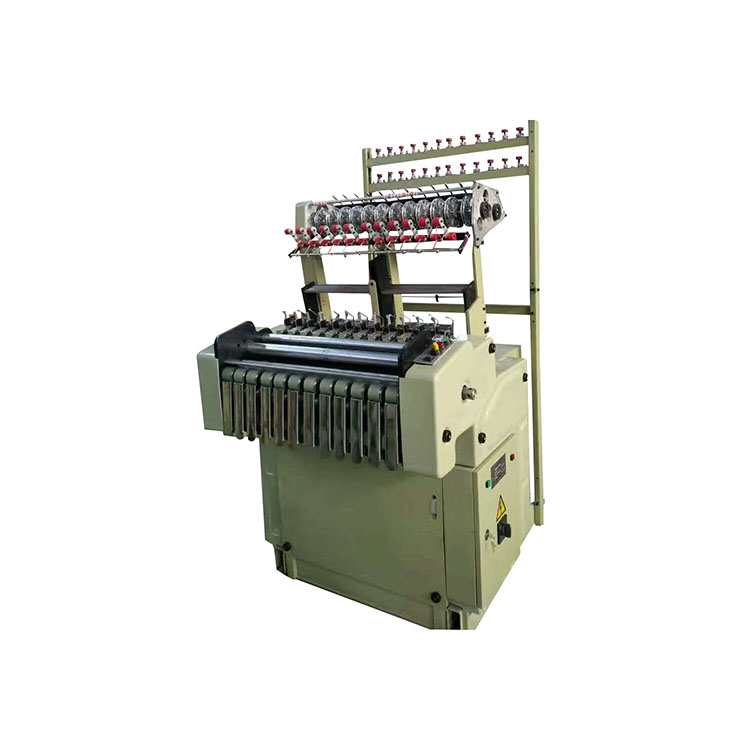A ribbon loom is a machine used to make webbing. It can be widely used in clothing, shoes and hats, luggage, and other industries. When purchasing a ribbon loom, it is very important to understand the key parameters. Xuzhou Qixing Machinery Co., Ltd. will analyze the key parameters to help you make informed decisions when purchasing ribbon looms.
Speed range: The speed range of a ribbon loom refers to the range of linear speeds it can handle. The higher the line speed, the higher the production efficiency. When purchasing, you should choose the appropriate speed range based on actual needs.
Bandwidth range: Bandwidth range refers to the range of webbing widths that the webbing machine can handle. The width of the webbing will affect the firmness and quality of the webbing, so the appropriate bandwidth range needs to be selected according to actual needs.
Organizational structure: The organizational structure of the ribbon loom refers to the way the ribbon is woven. Depending on the weaving method, the effect and function of the webbing will be different. Common weave structures include plain weave, twill weave, jacquard, etc. The use and style requirements of the webbing should be taken into consideration when selecting.
Braided Materials: The range of woven materials that a ribbon loom can handle is also an important parameter to consider. Different materials have different characteristics and have different requirements for ribbon looms. For example, a ribbon loom may be suitable for different materials such as silk, cotton, polyester, etc.
Control system: The control system of the ribbon loom has a great impact on the stability and operability of the machine. A good control system can improve production efficiency and reduce failure rates. When purchasing a webbing machine, consider choosing a machine with an advanced control system.
Degree of automation: The degree of automation of the ribbon loom is also an important parameter to consider. Highly automated ribbon looms can reduce manual operations and improve production efficiency. You can choose machines with automatic loading and unloading, automatic trimming, automatic speed adjustment, and other functions.
Power: The power of the ribbon loom determines its working ability. The greater the power, the greater the processing power of the machine. When purchasing a ribbon loom, you should choose the appropriate power according to your production needs.
Machine size: The size of the ribbon loom determines the space required to house the machine. A tape loom of appropriate size should be selected based on the size of the factory building and the layout of the equipment. Quality and price: The quality of the ribbon loom determines its performance and service life. Good ribbon looms usually cost more but are more economical and practical in the long run. When purchasing, you should consider quality and price comprehensively, and choose products with higher price ratios.
After-sales service: Ribbon loom is a kind of mechanical equipment, and it is inevitable that it will malfunction. When purchasing, you should understand the supplier’s after-sales service policy, including whether warranty, parts supply, and maintenance services are provided. Choosing a supplier that provides reliable after-sales service can ensure the normal operation of the equipment.
The above are the key parameters that you need to pay attention to when purchasing a ribbon loom. By analyzing and comparing these parameters, you can choose a ribbon loom that suits your needs and ensures the long-term value of your investment.

